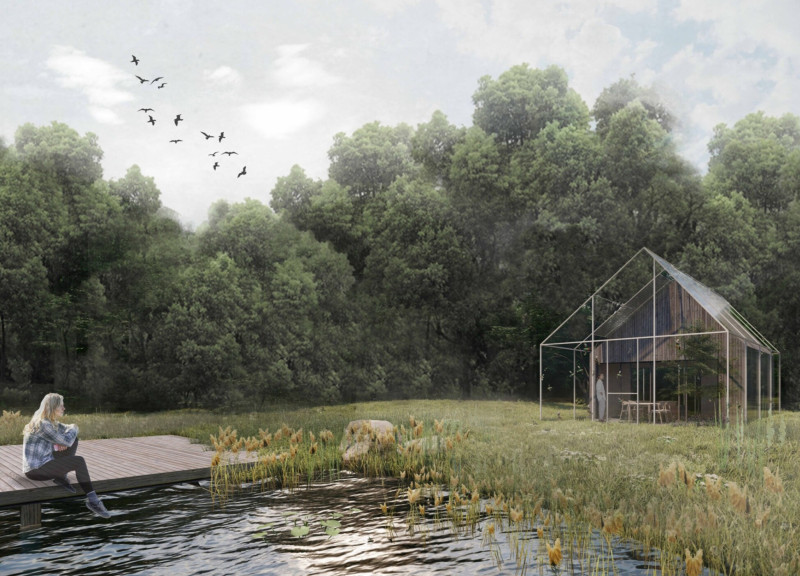5 key facts about this project
The architectural design embraces a modern aesthetic, defined by clean lines and a carefully selected palette of materials. Events and activities occurring within this space are supported by thoughtful planning, which considers user flow, accessibility, and natural light. The building's orientation maximizes passive solar heating, reducing energy consumption and enhancing occupant comfort.
Unique Design Approaches
A distinctive feature of this project is its incorporation of adaptive reuse principles. By integrating existing structures within the new design, the project minimizes material waste and respects the historical context of the site. This strategy not only preserves the character of the area but also provides an engaging atmosphere that reflects the community's identity.
Additionally, the project uses innovative materials such as [list key materials, e.g., recycled steel, sustainably sourced wood, and energy-efficient glazing]. These choices contribute to a reduced ecological footprint while aligning with modern design standards. The façade of the building is particularly noteworthy, featuring [describe façade elements, e.g., dynamic shading devices or green walls] that enhance its visual appeal and provide functional benefits.
Integration of Landscape and Community Spaces
The design includes a well-considered landscape strategy that promotes biodiversity and enhances user experience. Outdoor areas are meticulously planned to create inviting spaces for interaction and recreation. Community gardens, seating areas, and gathering spaces encourage social engagement, fostering a sense of belonging among users.
The architectural plans reflect a clear emphasis on seamless transitions between indoor and outdoor environments. Careful attention to the surrounding landscape allows for views that engage occupants with the natural environment. The integration of local flora not only enhances aesthetics but also supports local ecosystems.
To gain further insights into the architectural ideas and details that define this project, readers are encouraged to explore the complete project presentation. It offers a comprehensive look at architectural plans, architectural sections, and other critical design elements that showcase the project's thoughtful execution and innovative approaches.


























